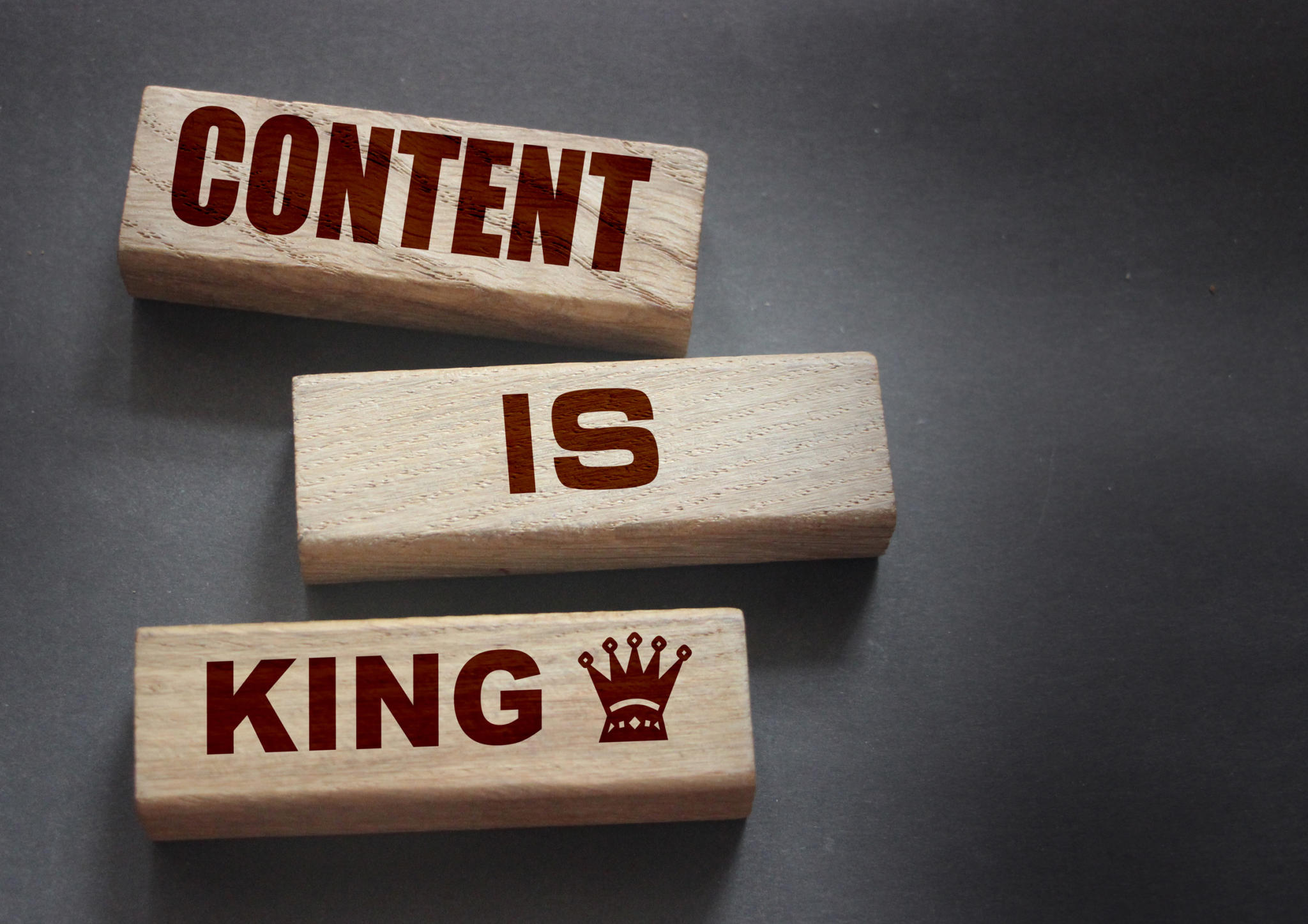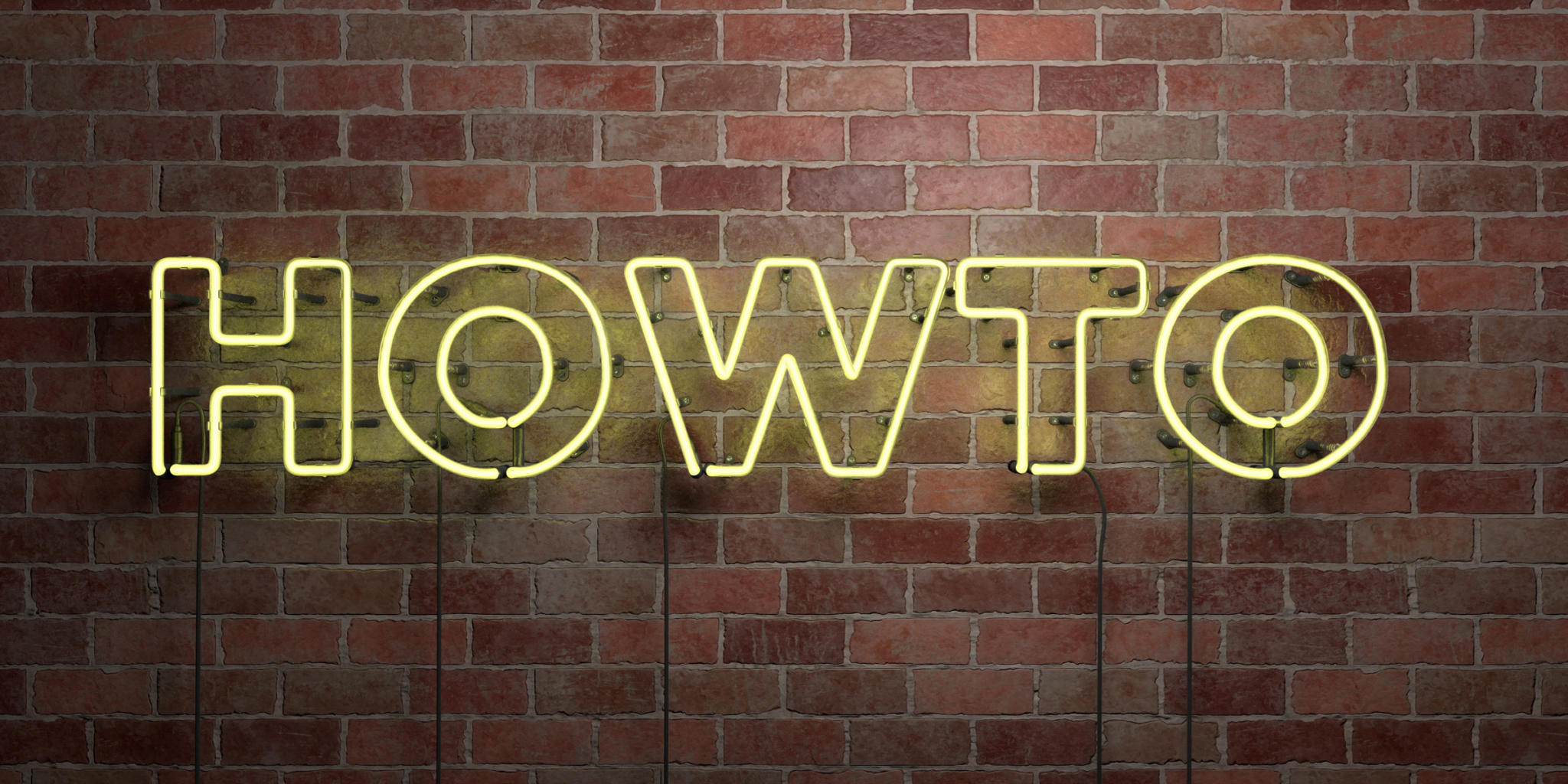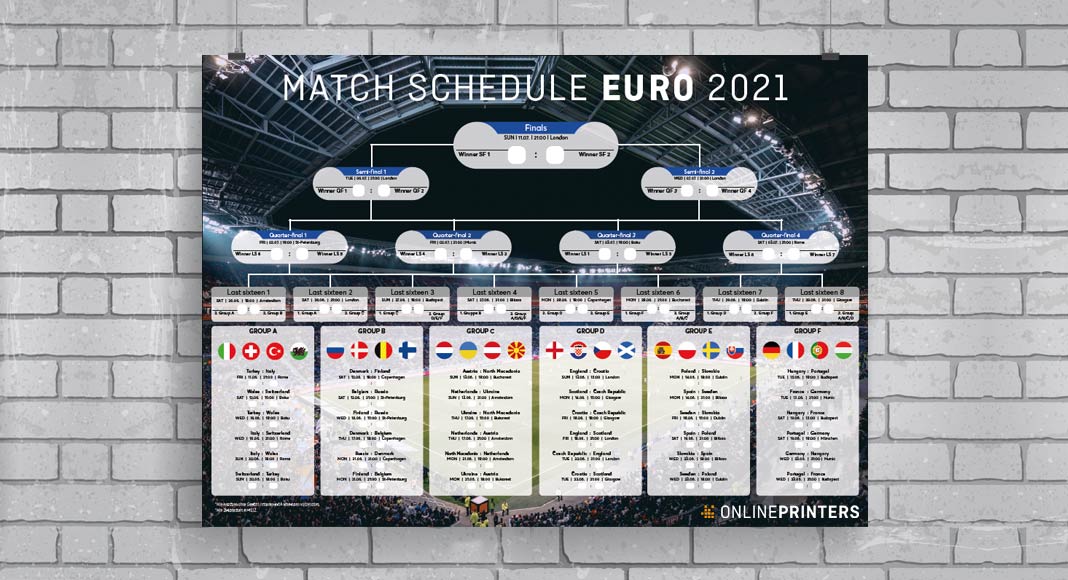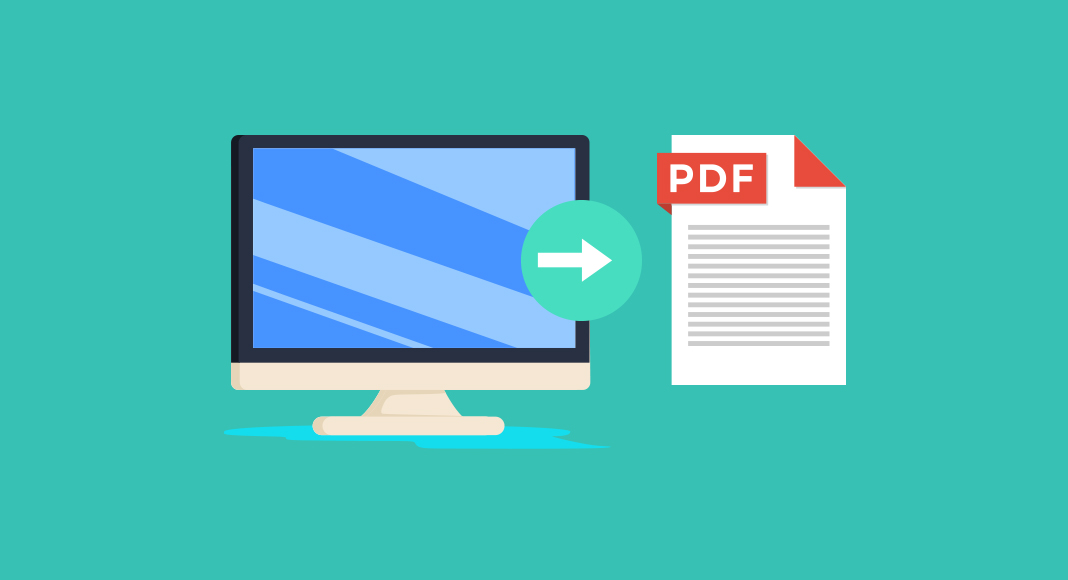A company newspaper is a very effective internal communication tool that can also help to strengthen the company’s image. But what does it actually have to offer in order to achieve its objectives?
The employees of a company are its most important asset. There are many ways of giving them recognition commensurate with their commitment, such as appropriate remuneration or good internal communication. This is particularly valuable if it is also done through a company newspaper.
Summary
- What can a newspaper do for the company?
- Target groups: employees among many others
- The different possible forms of a company newspaper
- Content of the company newspaper
- Possible topics for the company newspaper
- Frequency of publication
- Appropriate language style
- Design of the company newspaper
- How-to: how to use your company newspaper
What can a newspaper do for the company?
From a purely financial point of view, a company newspaper does not add anything to the company. On the contrary, it costs it. But at the same time, it is a very useful investment to increase employee satisfaction and achieve qualitative marketing objectives. Provided, of course, that it is used properly.
Impact within the company
If all the parameters are right, a company newspaper can have a very positive impact on the company:
- intensify employees’ identification with the company
- increase employee motivation
- positively influence the working environment
- stimulate and maintain confidence
- improve internal communication
- strengthen employee retention
Impact outside the company
It is very rare for a company magazine to be read only by the employees for whom it is intended, so it always has some impact outside the company.
- increase the company’s reputation
- improve its image
- increase customer loyalty and satisfaction
- attract new employees
A company newspaper can therefore have a very large impact, so it is important to think carefully about its design. To do this, you first need to consider the groups for which it is intended.
Target groups: employees among many others
As the name suggests, a company newspaper is of course primarily intended for the company’s employees. But it is often read by other people as well. This is a fact that should not only be taken into account, but should also be actively used to achieve the marketing objectives set.
Some large companies and groups show very well how this can work. Their digital newspapers are partly accessible to everyone. Although they are mainly aimed at the company’s employees, they are in fact intended for a much wider circle of readers. Deutsches Rotes Kreuz is a good example.
In order to exploit the full potential of your company newspaper, you should first analyse its different target groups. The extent to which it will be able to reach everyone will depend on a number of factors, not least the budget allocated to the project.
Employees
The company’s employees are the real recipients of the newspaper. Its content and form must therefore be adapted to their expectations. First of all, this means very simply that there must be enough employees to make the creation of a newspaper meaningful. If there are only five people in the company, it will probably be more profitable to invest in other measures for the benefit of the employees.
But if we assume that there are enough of them, we should ask ourselves the following questions: How can a company newspaper benefit employees? What content should be conveyed and in what form? How can the newspaper be used for the internal purposes mentioned above? By asking the heads of departments or employees directly, it is possible to find out whether they want a newspaper.
Future employees
As a rule, the professionals they are looking for will find out more about their potential future employer before they send their application. It is therefore to be expected that they will take a look at the company’s newspaper. The very existence of such a newspaper is already a sign of the company’s appreciation of its employees.
Targeted content can also attract the desired candidates. Reports and portraits of employees can show their commitment and a positive working atmosphere. Some companies even address their potential future employees directly.
If you want to know why it is very important for an employer to create an image of a company that recruits, and how to position yourself well with appropriate employer-branding measures, read our article Employer-Branding – Steps to take to attract qualified employees.
Investors, market players, business partners
“It’s a small area.” It still is, even though it may look big from the outside. Everyone knows everyone else, and everyone is observed by everyone else. That is why a company newspaper does not remain unknown for long. If a company decides to expose itself, it must do so in an offensive manner.
Because a company newspaper also exists for the market. The better the design, the stronger the message: you have the resources to publish a newspaper, your employees are the best, and your economic position is promising and will allow you to grow in the future.
Clients
Customers are the least important target group for a company newspaper. While professionals sometimes actively seek out publications from their suppliers, end consumers usually stumble across them. If the content and presentation catch their attention, a well-designed magazine will also have an effect. The customer should therefore not be forgotten when designing the magazine.
The different possible forms of a company newspaper
When one thinks of a company newspaper, many people imagine a good old-fashioned magazine printed and distributed to staff members. And indeed, the printed newspaper accounts for the largest share of all publications at 82.9 per cent. This was revealed in the study ‘The future of the company newspaper 2019’ by Kammann Rossi and the School for Communication and Management (SCM).
During the period under review, online publications came second with 52.3 per cent, and third but far behind with 4.2 per cent of the companies surveyed were applications.
Printed newspaper
A printed newspaper still makes the best impression, is kept for longer, is often clearly visible and has a pleasant feel. Provided, of course, that it is presented with sufficient care.
Unlike other forms of publication, it is more expensive to print, more difficult to distribute and takes longer to design.
Digital Newspaper
The design and choice of topics is often the same as for a printed newspaper. It is often a PDF to be downloaded or emailed, which employees can read on their computer or mobile device, or even print out if required. It is also possible to create PDFs with images, links and podcasts, or responsive versions – suitable for reading on tablets, smartphones or the company intranet – or an e-zine, blog or podcast publication.
No printing costs, and distribution to a predefined list of recipients is just a click away. But it lacks the value of a printed document.
Mobile app
An application is not usually designed to provide only a company newspaper for employees. It is also used to quickly send messages that can be accessed immediately by everyone, no matter where they are. Communication is a two-way process, with chat rooms allowing spontaneous collaboration.
The app is therefore not a company diary in the true sense of the word, but rather a communication tool. Although it is possible to record data, it is not the ideal medium for content that is designed to last.
Mixed forms
Large companies often rely on a mixed form of company newspaper to ensure optimal communication. Not all employees can be reached in the same way. Employees working on site have the printed newspaper or can read the online version, while sales representatives prefer to use an application.
In addition, not all formats are suitable for all types of texts. While it makes sense to communicate information messages to all employees via an online version or, even better, via an app, longer articles such as features, reports and interviews are more enjoyable to read in a printed version.
Contents of the company newspaper
The question now arises as to what a company newspaper should contain. As this is a publication for your employees, you must first and foremost take their interests and needs into account. Responding to them as well as possible is part of the most important aspect: showing your appreciation for your employees.
The more you offer them exactly what they expect, the better you will be able to achieve the internal objectives mentioned at the beginning of the article. The ideal mix: information about the company and the sector, as well as general information about the working environment, messages about changes within the company and entertaining content.
Headings and text styles
Whether the newspaper is published online or in print, its structure should always be the same. This is done by defining sections that will accompany the reader throughout the reading process. It is therefore important, before publishing the first issue, to think about how you want your newspaper to be structured.
A good magazine that you enjoy flipping through is characterised by alternating short and long texts. This applies to a company magazine as well as to a business magazine. The names of the various sections should be easy to understand and remain general so as to be suitable for a variety of contents.
Mandatory contents of a company newspaper
While some content is optional or depends on the company or sector and their specific topics, there are certain topics that must be included in the company newspaper if it is to be a real magazine:
- Editorial: This is usually the preface by the publisher or editor. In the case of a company newspaper, it may be written by a member of the company’s management – but sometimes by another member of the company. The welcome message may refer to events that have occurred since the last issue, or to a particular topic in the current issue.
- Contents: If the newspaper consists of more than two sheets, a summary is essential. It gives an overview of the content and makes you want to read the individual articles.
- Legal notice: While the editorial and table of contents are only useful components of a newspaper, the legal notice is a legal requirement – both for a print publication and for a purely digital version. The legal notice should at least indicate the name of the publisher and the name of a member of staff responsible for the publication. You can find more information on the compulsory notices on the gov.uk website.
A variety of possibilities for interesting content
There are many ways to design an interesting magazine. Topics can be presented in different ways:
- Short messages: Hot news has no place in a quarterly magazine, as it is out of date before the press has even started. Choose a topic that lasts, or offer exclusive information. It may also be a good idea to refer to an article highlighting the latest developments.
- Feature articles: These are at least a full page in length, but depending on the topic, they can also be much longer. Comment in these articles on the impact of new legislation on the sector and on your company, explain the significance of the latest trends, etc. If possible, use experts, include quotes or interviews.
- Interviews: As mentioned above, an interview can be part of a longer article, but it can also be an article in itself. In this case, the subject of the interview should be important enough to cover at least half a page. The interviewee can be the quoted expert, an employee, a customer or a business partner.
- Reportage: This is the most vivid type of text. The author gives a direct account of events and ideally describes all his or her sensory impressions. A reportage should be “close to the people”. This means that at least one person should speak – usually in the form of quotes, but also possibly with the insertion of a short interview. A report, for example, does not just describe what happens in a factory, but follows John and Lucy as they assemble the parts of a car and gives them a voice.
- Special articles: These articles highlight a particularly important topic in great detail, possibly from different angles. They can be a multi-page central theme, consisting of various forms of text such as reports, feature articles and interviews. An entire issue can also be devoted to a single theme, for example on the occasion of the company’s 75th anniversary or another significant event.
- Company information: This type of text only appears in company newspapers and informs employees about changes in the company or takes a stand on a specific topic.
- Personnel information: This includes information about promotions, retirements, and job changes – both within the company and with competitors.
- Services: These pages provide information on everything that can make employees’ (professional) lives easier: all the company’s offers, such as sports activities, parking spaces or childcare facilities, bus timetables, discounts on insurance policies, information on new colleagues, etc. As potential candidates are likely to study these pages closely, it is possible to present yourself in an advantageous light here.
- Entertainment: Where possible, all articles should not only inform, but also entertain. A page devoted exclusively to entertainment can add a little freshness to a large newspaper. This could be “gems” collected from staff members, captions to funny photos published by competitors, or a recipe for a dessert in the company’s colours.
Possible topics for the company newspaper
According to the SCM study, 83.6 per cent of the topics covered in company newspapers are determined by those responsible for communication. This means that whoever creates the newspaper usually also decides on its content. But it also means that the people responsible must have contacts in all areas of the company. The selection of topics for the newspaper is a matter of choice.
 However, it is usually only in large companies that the communication department alone decides on the content. In small companies, the framework is usually defined by the management.
However, it is usually only in large companies that the communication department alone decides on the content. In small companies, the framework is usually defined by the management.
Where to find interesting topics:
- Keep abreast of political and economic news, especially in the company’s sector of activity. What is important (or will be in the future)? How to adapt the topic to the newspaper?
- Identify new trends in the company or in the sector. Will they affect the company and therefore its employees?
- Discuss with the company’s management and representatives of the different departments: Are there any problems, uncertainties, wishes, ideas? If a theme emerges, organise further discussions about it.
- Taking up suggestions and complaints: Often employees themselves actively suggest – even if they are not aware of it – topics for the newspaper.
- Conducting surveys: these sometimes reveal interesting topics that could be the subject of an article.
Frequency of publication
As a rule, a company newspaper is published three to six times a year (this is the case for 67.4 per cent of the companies surveyed by SCM). For more frequent publication, the company will have to budget more.
In addition, it should be remembered that employees are expected to read the publication. For some, a monthly publication would be too restrictive. This would result in less interest in the newspaper, which would call into question the achievement of the objectives set.
To begin with, it is advisable to limit the number of issues and then increase it if necessary. A reduction in the frequency of publication is always a bad sign and should therefore be avoided if possible.
Appropriate language style
Ideally, a company newspaper should read like a classic magazine. The language used should therefore be clear, simple and understandable, short sentences should alternate with long ones and the style should be captivating. Depending on the company, the tone can be more or less serious or familiar.
If the majority of employees are young, the language will be more casual, if they are older, it will be more formal. The use of informal language should only be adopted if it is the rule at all levels of the company. If only close colleagues are on a first-name basis, then polite conversation should be the rule.
Design of the company newspaper
The company newspaper is part of corporate communication and therefore part of corporate publishing. The language used in the newspaper and its appearance (corporate design) must therefore be consistent with other company publications.
If there is not yet a publication to orientate oneself to in the context of corporate identity, a standard should first be defined. The use of corporate colours is ideal to make the newspaper easily recognisable. The design should appeal to employees and other target groups and convey the desired impression.
An airy layout with lots of space is elegant, an unusual layout gives the newspaper a creative edge, and a very plain layout is serious. It is essential to get a professional to create the structure of the newspaper.
It is also important to pay attention to the choice of fonts, as they have a great influence on the visual impression. Of course, you can also use your own company font. However, for longer texts, readability should be the priority.
How-to: how to use your company newspaper
If you are planning to create a newspaper for your business, you will first need to think carefully about certain aspects. Starting an ambitious project and abandoning it after only a few issues can be counterproductive. It is better to take your time at the beginning so that you can manage the project well in the long term.
What is the purpose of a company newspaper?
You probably have more than 50 employees. Otherwise, you would not think of creating a company newspaper. If it is only going to appear as a blog on your own website, then the risk is limited. But if you plan to produce a printed newspaper, you need to calculate the cost-benefit ratio very precisely.
Added value for employees
It’s about aligning your goals, such as employee retention and belonging, with the added value you offer your employees. If there is a great need for information in your company, feature articles can help.
If employees themselves can speak out or if their requests are taken into account, this can have a positive effect on their level of satisfaction. A good publication allows you to establish a dialogue. This way you get feedback on the newspaper and its contents, which allows you to adapt it to the needs of your employees.
In some cases, a preliminary survey among the employees can be used to find out to what extent they would like to have a company newspaper. At the same time you can ask them what they want from a company newspaper.
Also think about other target groups
As already mentioned, the fact that other target groups also read the newspaper can be actively used. In an age where everything and everyone is evaluated online, a company that takes very good care of its employees can make a good impression. Producing a newspaper can be an effective way of showing this.
In addition, a company newspaper can be an excellent opportunity to make certain information public. For example, if in the last issue of the year you thank your employees for their extraordinary commitment, you can also indirectly mention the positive results of your company. In this way, you can also make unpopular decisions known to your employees and customers.
Of course, a company newspaper has the greatest effect on potential candidates, which is why the publication should be included in the employer branding measures in a targeted manner.
Think about the effects on these external target groups when considering the company newspaper, so that you have a clear picture of all its benefits for your company.
Do you have the necessary resources?
If you want to produce a printed newspaper, you have to consider the costs of printing, raw materials and possibly distribution. However, even in the case of a regularly published online newspaper, the huge amount of work should not be underestimated:
- selection of topics
- design
- research
- purchase of images or shooting
- contact and handling of experts and other interviewees
- writing the texts
- readership
- page layout
- proofreading
- validation
- publication
In the case of a professional magazine, a well-trained team is at work. Think carefully about how many people you want to work with – and to whom. There should be at least two: one person to manage the project and write some of the text, and a graphic designer.
In addition, there is the question of “content sources”: do you always find enough topics to fill your newspaper as planned? Always plan several issues in advance to be sure.
What form and frequency of publication is most appropriate?
Many companies choose a digital form to start with. This is, of course, the easiest way to find out if the newspaper is popular with employees. If the experiment is successful and you are considering a print version, think carefully before you decide. How often should the magazine appear? Are you actively trying to reach external target groups?
A company magazine displayed in sales areas or waiting rooms can arouse the curiosity of visitors. If there is real interest, an internal document can be turned into a customer magazine. The requirements are more or less the same.
But to return to our starting point: you want to produce a company newspaper. It’s up to you to decide what you want to make public and what you don’t. In an online version you can create public and password protected areas. Confidential information should be excluded from a paper version.
The above-mentioned mixed form, which can be addressed to all target groups, is also suitable for small companies. An online version can easily be integrated into the company’s website, and the paper version can initially be printed in a small run (print run from one copy at Onlinprinters). If necessary, this hybrid solution can be supplemented with a mobile application.
Sources :
- School for Communication and Management (SCM)
- gov.uk
- Deutsches Rotes Kreuz
Image sources: Photographee.eu, file404, anabaraulia, Flamingo Images, christitzeimaging.com, SeventyFour, GalacticDreamer via Shutterstock; fauxles, PhotoMIX Company, Kathy Jones via Pexels; School for Communication and Management (SCM)











